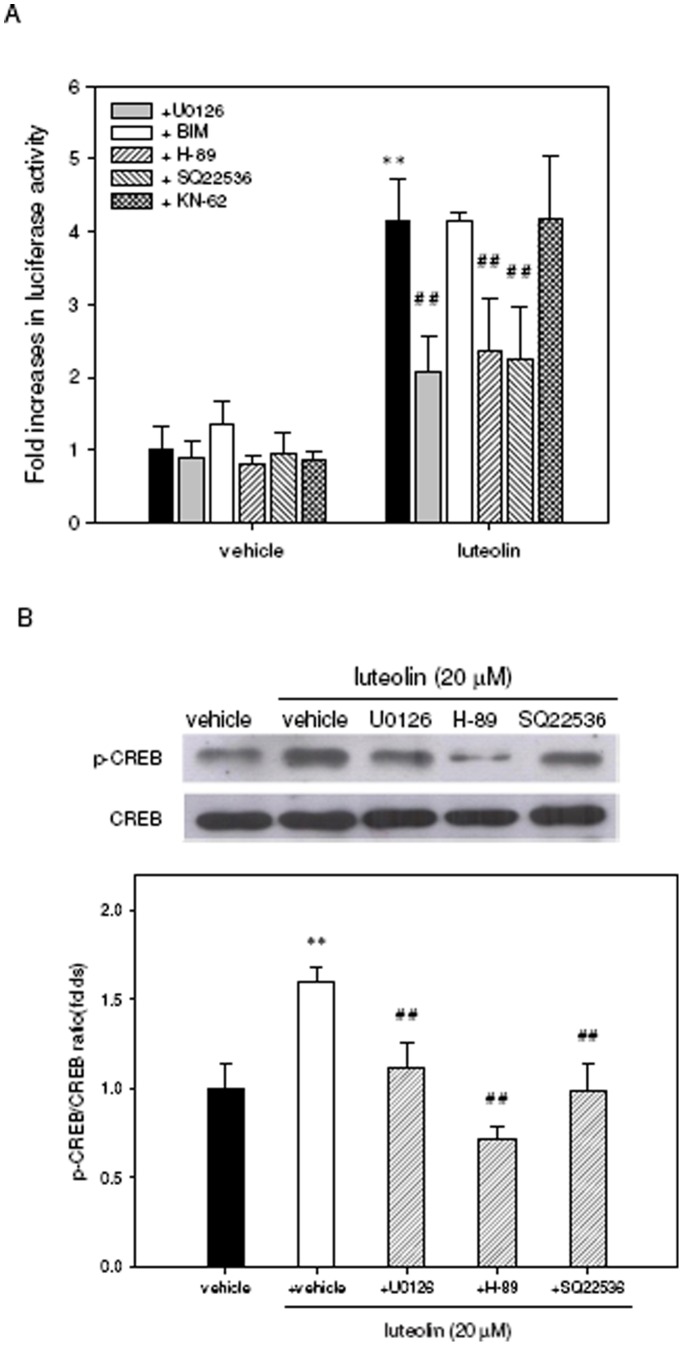Figure 6. Involvement of ERK, PKC, CaMK and cAMP-dependent PKA signaling in luteoln-mediated CREB activation.
(A) PC12 cells were seeded on poly-L-lysine-coated 24-well plates in DMEM containing 10% horse serum and 5% FBS for 24 h. Cells were then transfected with a CRE-mediated luciferase reporter construct and Renilla luciferase control plasmid as described in Materials and Methods. After transfection, the cells were pre-treated for 30 min with the following inhibitors: 10 µM U0126, 2.5 µM BIM, 10 µM H-89, 500 µM SQ22536, 10 µM KN-62 or vehicle (0.1% DMSO) followed by exposure to luteolin (20 µM) for 8 h. The intensities of the luciferase reactions measured in the lysates of the transfectants were normalized to their Renilla luciferase control activity. (B) PC12 cells were seeded on poly-L-lysine-coated 100 mm dishes in normal medium for 24 h and then shifted to low-serum medium (1% horse serum and 0.5% FBS) for an additional 24 h of culture. Cells were treated with the inhibitors U0126, H-89 or SQ22536 for 30 min prior to their exposure to vehicle (0.1% DMSO) or luteolin (20 µM) for 60 min. Phospho-CREB-Ser133 (p-CREB) and CREB were analyzed by Western blotting as described in Materials and Methods. The immunoblot experiments were replicated at least three times, and a representative blot is shown. The normalized intensity of p-CREB versus CREB is presented as the mean ± SD of three independent experiments. **p<0.01 represents significant differences compared to vehicle-treated cells. ##p<0.01 represents significant differences compared to the respective inhibitor-non-treated group.

